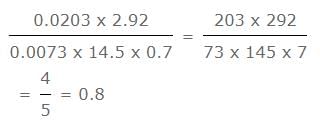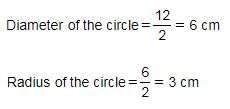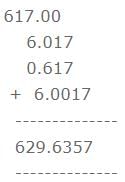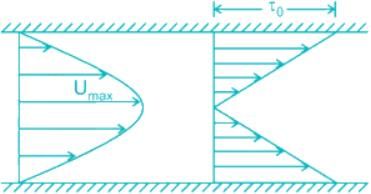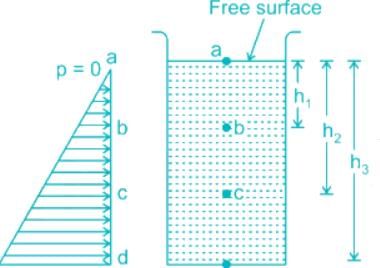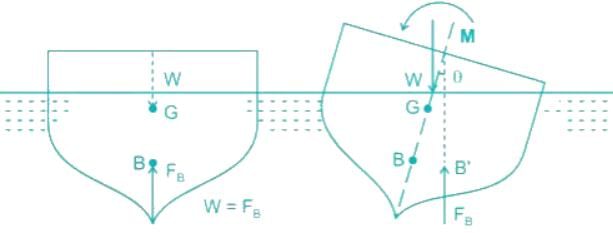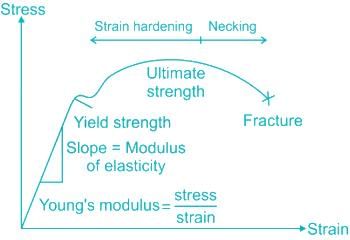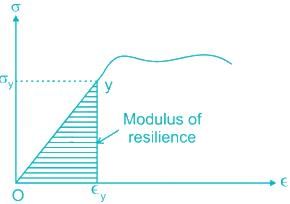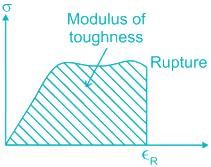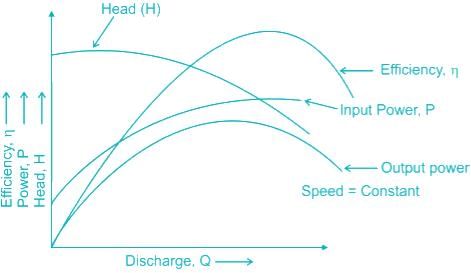HPCL Mechanical Engineer Mock Test - 4 - Mechanical Engineering MCQ
30 Questions MCQ Test HPCL Mechanical Engineer Mock Test Series 2025 - HPCL Mechanical Engineer Mock Test - 4
No word must ever leak out about this plan! It has to be a clandestine operation in order to succeed. Which word is a synonym of "clandestine"?
Find the perimeter of the a square with side 4cm.
If a(17) exceeds it’s a(10) by 7. The d is:
The diameter of a circle is half the side of a square whose area is 144 cm2. What is the area of the circle?
Which of the following shape has two dimensions
The amount of space occupied by a three dimensional objects is called its
The HCF of two numbers is 15 and their LCM is 225. If one of the number is 75, then the other number is ?
In a given number 7834329513, we interchange the first and the second digits, the third and the fourth digit and so on. Then which digit will be sixth from the right?
If a Paper (Transparent Sheet ) is folded in a manner and a design or pattern is drawn. When unfolded this paper appears as given below in the answer figure. Choose the correct answer figure given below.
A piece of paper is folded and cut as shown below in the question figures. From the given answer figures, indicate how it will appear when opened.
Question Figure

Answer Figure

Direction: Read the following information carefully and answer the questions that follow.
A blacksmith has five iron articles A, B, C, D and E each having a different weight.
I. A weight is twice as much as of B.
II. B weight is four and half times as much as of C.
III. C weight is half times as much as of D.
IV. D weight is half as much as of E.
V. E weight is less than A but more than C.
Q. E is lighter in weight than which of the other two articles?
Directions to Solve
In each of the following questions find out the alternative which will replace the question mark.
Question -
Microphone : Loud :: Microscope : ?
The molar specific heat at a constant pressure of an ideal gas is (7/2) R. The ratio of specific heat at constant pressure to that at constant volume is
The Bernoulli’s constant for points lying on the same streamline and those which lie on other streamlines will have the same value if the flow is
The velocity distribution for flow between two fixed parallel plates:
The desirable property of a refrigerant is
The starting torque of a servomotor under unbalanced operation is proportional to
________ gear train is used to connect minute hand to hour hand, in a clock mechanism.
A closed system receives 60 kJ heat but its internal energy decreases by 30 kJ. Then the work done by the system is
The depth of a fluid is measured in vertical Z – direction; X and Y are the other two directions and are mutually perpendicular. The static pressure variation in the fluid is given by
Used to determine the charge of an electron
The conditions for the stable equilibrium of a floating body are:
______ is the total area under the stress-strain curve in a tension test.
The operating characteristic curves of a centrifugal pump are shown in the figure.
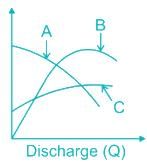
Curve A is for
Which of the following quantities is not a property of a system?
The unit of film heat transfer coefficient is-




